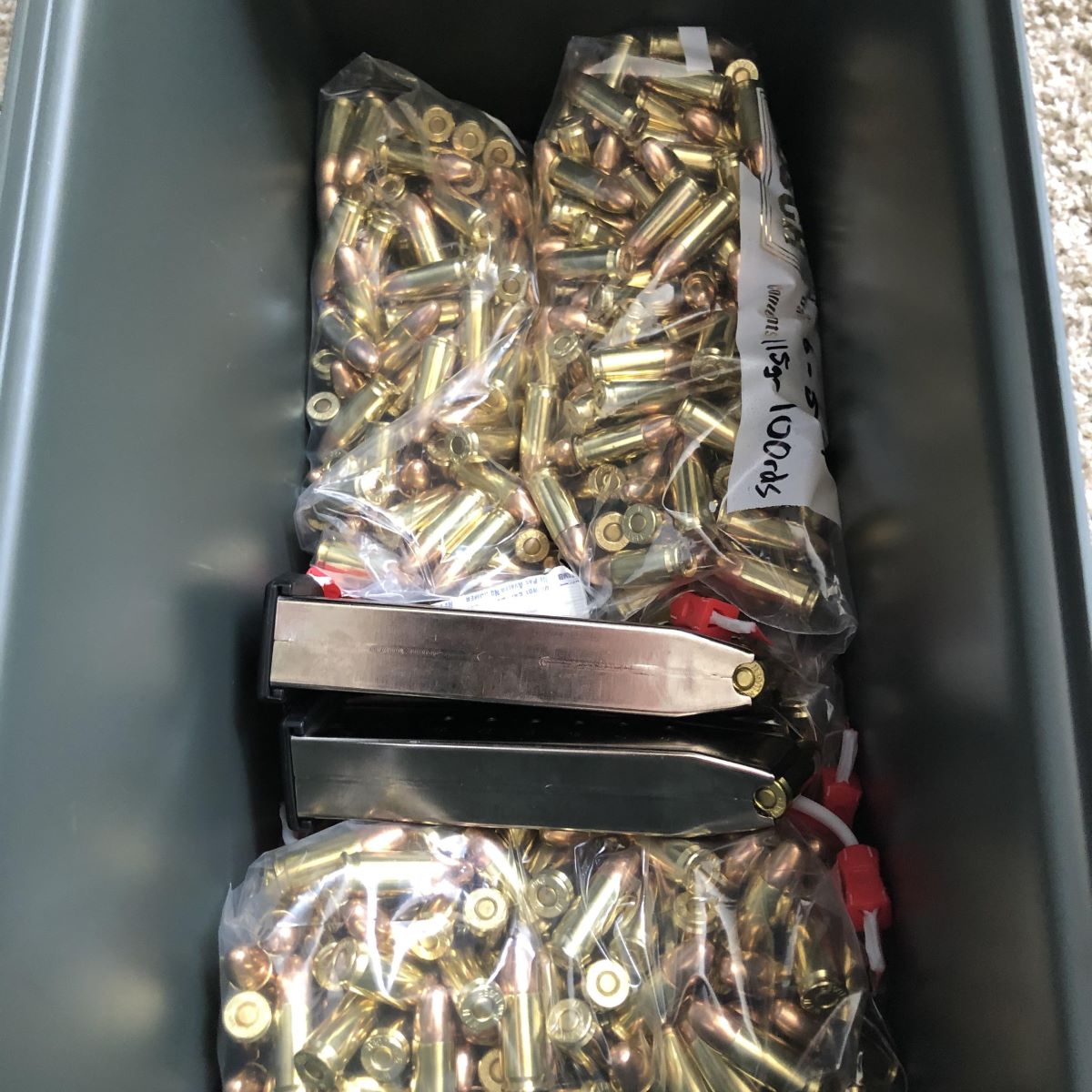

Articles
How To Store Ammo
Modified: January 8, 2024
Discover the best articles on how to store ammo and ensure its longevity. Learn essential tips and techniques for proper storage of ammunition to maintain its quality and reliability.
(Many of the links in this article redirect to a specific reviewed product. Your purchase of these products through affiliate links helps to generate commission for Storables.com, at no extra cost. Learn more)
Introduction
Ammunition is an essential component for any firearm enthusiast or firearm owner. Whether used for personal defense, hunting, or recreational shooting, proper storage of ammunition is crucial to ensure its longevity and performance. Many factors can affect the quality and effectiveness of ammunition, including temperature, humidity, and exposure to moisture and contaminants. In this article, we will explore the importance of proper ammo storage and provide helpful tips on how to store ammunition safely and effectively.
Key Takeaways:
- Proper ammo storage is crucial for preserving quality, safety, and cost savings. Factors like temperature, humidity, and container choice play vital roles in safeguarding ammunition.
- Organizing, labeling, and regular maintenance ensure reliable and safe ammunition. Prioritize safety, adhere to regulations, and maintain a clean storage area for optimal performance.
Read more: How To Store Ammo Correctly
Importance of Proper Ammo Storage
Proper ammo storage is vital for a number of reasons. First and foremost, storing ammunition correctly helps to preserve its quality and reliability. Ammunition that is exposed to adverse conditions like high humidity, extreme temperatures, or moisture can degrade over time. This degradation can lead to malfunctions, reduced accuracy, and potentially dangerous situations when using the ammunition.
Furthermore, proper storage of ammunition plays a crucial role in safety. Storing ammunition in a secure and controlled manner helps prevent unauthorized access, reducing the risk of accidents or misuse. This is especially important for households with children or if you live in areas where firearms need to be securely locked away.
In addition to safety and quality considerations, proper ammo storage also supports cost savings. Ammunition can be a significant investment, and storing it properly can help maintain its effectiveness, extending its lifespan and reducing the need for frequent replacements. By ensuring that your ammunition remains in optimal condition, you can avoid unnecessary expenses.
Moreover, having a well-organized and properly stored ammunition collection makes it easier for you to access and locate the ammunition you need when you need it. This can greatly enhance convenience and efficiency, especially in competitive shooting or hunting scenarios where quick access to specific types of ammunition is crucial.
By recognizing the importance of proper ammo storage, you can ensure that your ammunition remains reliable, safe, and cost-effective in the long run. In the following sections, we will delve into the various factors to consider when storing ammunition, as well as best practices to help you maintain its quality and safety.
Factors to Consider when Storing Ammo
When it comes to storing ammunition, there are several important factors to consider. These factors will help you maintain the quality, reliability, and safety of your ammunition collection over time.
The first factor to consider is temperature. Ammunition should be stored in a cool and dry environment, away from any sources of heat or humidity. Extreme temperatures, both hot and cold, can degrade the propellant and components of the ammunition, affecting its performance. Therefore, it is important to avoid storing ammunition in areas such as attics or basements where temperatures can fluctuate.
Another critical factor is humidity. High humidity can lead to moisture accumulation, which can corrode the cartridge cases and damage the powder inside. To combat this, it is recommended to store ammunition in airtight containers or ammo cans with desiccant packs or moisture absorbers. These can help to maintain a stable humidity level and protect the ammunition from moisture-related issues.
In addition to temperature and humidity, it is important to protect ammunition from exposure to direct sunlight. Ultraviolet rays can degrade the plastic components of ammunition and cause discoloration and deterioration. Therefore, it is advisable to store ammunition in opaque containers or cabinets to shield them from direct sunlight.
Next, it is crucial to keep ammunition away from any potential contaminants or corrosive materials. Chemicals, solvents, and certain metals can damage ammunition and affect its performance. Store ammunition separately from cleaning supplies, solvents, or any other potentially corrosive substances to prevent accidental contamination.
Furthermore, security is an essential consideration. It is recommended to store ammunition in a locked container or secure location, especially in households with children or where local laws require firearms and ammunition to be secured. Storing ammunition separately from firearms adds an additional layer of safety and reduces the risk of unauthorized access.
Lastly, it is important to periodically inspect your stored ammunition for any signs of damage, corrosion, or deterioration. Check for any visible corrosion, discoloration, or deformation of the cartridge cases or bullets. If you notice any issues, it is best to dispose of the affected ammunition rather than risk using it.
By taking these factors into account when storing ammunition, you can ensure its longevity, performance, and safety. In the next sections, we will explore the recommended storage containers, ideal storage locations, and additional safety considerations for storing ammunition.
Choosing the Right Storage Container
Choosing the right storage container is crucial for safeguarding your ammunition and ensuring its longevity. Here are some factors to consider when selecting a storage container:
Airtightness: Look for containers that are airtight or have a strong seal. This helps prevent moisture, humidity, and contaminants from entering the container and affecting the ammunition.
Durability: Opt for containers made from durable materials such as steel or hard plastic. These materials provide better protection against impacts, drops, and other potential hazards.
Size: Consider the size of your ammunition collection and choose a container that can accommodate your needs. It should have enough space to hold your ammunition securely without being overcrowded.
Portability: If you plan on transporting your ammunition, choose a container that is lightweight and portable. Look for features like carrying handles to make it easier to move the container when necessary.
Security: Depending on your specific requirements, you may want to choose a storage container that has additional security features. Some containers come with built-in locks or provisions for adding a padlock to ensure unauthorized access is prevented.
Temperature and Humidity Control: Some storage containers come with built-in features to control temperature and humidity levels. These containers may have insulation or desiccant packs to regulate the internal environment, providing an added layer of protection against moisture and temperature fluctuations.
Examples of suitable storage containers include metal ammo cans, plastic ammo crates, or purpose-built ammunition cabinets. Metal ammo cans, such as those made from steel, are known for their durability, secure closure, and resistance to impact. Plastic ammo crates offer similar qualities but are often more lightweight and easier to transport. Purpose-built ammunition cabinets are larger and designed to store larger quantities of ammunition, providing enhanced security and organization.
Regardless of the type of container you choose, make sure it meets your specific needs in terms of size, security, durability, and protection against elements. Remember to label your containers appropriately to ensure easy identification and organization of your ammunition collection.
In the next section, we will discuss the ideal location for storing ammunition to further maintain its quality and safety.
Location for Ammo Storage
Choosing the right location for storing ammunition is crucial to ensure its longevity and safety. Here are some factors to consider when selecting the ideal location:
Temperature Stability: Aim to store ammunition in an area with a stable temperature. Avoid locations that experience extreme temperature fluctuations, such as garages or sheds. Basements and closets within your home can offer more consistent temperatures, making them suitable choices for ammo storage.
Humidity Control: Select a location with low humidity levels to prevent moisture from affecting the ammunition. Basements tend to be naturally damp, so consider using dehumidifiers or storing ammunition in airtight containers with moisture absorbers.
Accessibility: While it is important to keep your ammunition secure, it should still be easily accessible to you. Consider storing it in a location where you can quickly retrieve it when needed, especially in emergency situations.
Safety: It is crucial to store ammunition in a secure location, especially if you have children, pets, or if local laws require it. Lockable cabinets or safes provide an added layer of security to prevent unauthorized access.
Away from Hazards: Store ammunition away from potential hazards such as flammables, corrosive materials, or direct sunlight. These can pose risks to the integrity and stability of the ammunition.
Away from Firearms: While it may seem convenient to store ammunition together with firearms, it is generally recommended to keep them separate. Storing ammunition separately reduces the risk of accidental discharge and ensures that ammunition remains secure and undamaged.
Elevated Storage: If you live in an area prone to flooding, consider storing ammunition in an elevated location to protect it from potential water damage.
Once you have identified the ideal location for ammo storage, ensure that the ammunition is stored in appropriate containers, such as ammo cans or cabinets, as discussed earlier. Labeling the containers can also help with organization and easy identification of different types of ammunition.
By following these guidelines and storing ammunition in a suitable location, you can help preserve its quality, reliability, and safety. In the next section, we will discuss temperature and humidity control, which are crucial for maintaining the integrity of stored ammunition.
Store ammo in a cool, dry place away from direct sunlight and extreme temperatures. Use airtight containers or ammo cans to protect against moisture and keep them out of reach of children and unauthorized individuals.
Read more: How To Store Ammo At Home
Temperature and Humidity Control
Proper temperature and humidity control are essential for maintaining the quality and performance of stored ammunition. Here are some tips and considerations for controlling temperature and humidity:
Temperature: It is crucial to store ammunition in a cool and stable temperature environment. Extreme temperatures can degrade the propellant and components of the ammunition, affecting its reliability and performance. Aim to store ammunition in an area with temperatures between 50°F (10°C) and 70°F (21°C). Avoid storing ammunition in areas prone to temperature fluctuations, such as garages or attics.
Humidity: High humidity can lead to moisture accumulation inside ammunition containers, which can cause corrosion and degradation of the ammunition. It is important to protect ammunition from excessive moisture by storing it in a dry environment. Consider using desiccant packs or moisture absorbers within the storage containers to actively control humidity levels. These packs can help absorb any moisture that may be present and maintain a stable and dry environment.
Dehumidifiers: If you live in an area with consistently high humidity levels, you may want to consider using a dehumidifier in the storage space. A dehumidifier can help remove excess moisture from the air, thereby reducing the risk of moisture-related damage to the ammunition.
Airtight Containers: When storing ammunition, ensure that the containers used are airtight or have strong seals. This helps prevent outside moisture and humidity from entering the containers and affecting the ammunition. Airtight containers, such as metal ammo cans, can provide excellent protection against both moisture and air exposure.
Insulation: Insulation can help regulate temperature and humidity within the storage space. Consider using insulation materials, such as foam, to line the storage area or cabinets. Insulation can help create a more stable and controlled environment for the ammunition.
Regular Monitoring: It is important to regularly monitor the temperature and humidity levels in the location where ammunition is stored. Use a digital thermometer and hygrometer to keep track of the conditions. If any concerning changes are detected, take appropriate measures to correct the situation and ensure the ammunition’s integrity is maintained.
Periodic Inspections: Despite your best efforts to control temperature and humidity, it is crucial to periodically inspect your stored ammunition for any signs of corrosion, discoloration, or deterioration. Regular visual inspections can help catch any issues early on and allow for prompt action. If you notice any problems with the ammunition, dispose of it properly and replace it with fresh ammunition.
By implementing these temperature and humidity control measures, you can ensure that your stored ammunition remains in optimal condition, maximizing its reliability and longevity. In the next section, we will discuss organizing and labeling ammunition for easy access and identification.
Organizing and Labeling Ammo
Organizing and labeling your ammunition is crucial for easy access, inventory management, and overall safety. Here are some tips to help you effectively organize and label your ammo:
Categorize by Caliber and Type: Sort your ammunition by caliber and type to make it easier to locate the specific rounds you need. This can include categorizing by handgun, rifle, shotgun, or specific calibers such as .45 ACP, 9mm, .223 Remington, etc.
Use Storage Containers or Racks: Use storage containers, such as ammo cans, plastic crates, or racks, to keep your ammunition organized and prevent it from rolling around or mixing together. These containers provide not only protection but also help maintain order within your storage space.
Label Containers: Label each storage container with the caliber, type, and quantity of ammunition it contains. This makes it easy to identify and locate the desired ammunition quickly. Consider using water-resistant labels or permanent markers to ensure the labels stay intact over time.
Consider Using Color-Coded Labels: To enhance organization and visual identification, consider using color-coded labels for different calibers or types of ammunition. This can help differentiate between different categories of ammunition at a glance.
Keep an Inventory List: Maintain an inventory list of your ammunition, noting the quantity, caliber, and type. This can be done on paper or using digital inventory management tools. Regularly update the list as you acquire or use ammunition to keep track of your stock.
Rotate Stock: To ensure that older ammunition is used before newer stock, adopt a “first in, first out” (FIFO) approach. When replenishing your ammunition supply, place the newer boxes towards the back of the storage area, pushing older stock towards the front for easier access and use.
Consider Dividers or Inserts: Within your storage containers or racks, consider using dividers or inserts to further separate and organize different types of ammunition. This can help prevent them from mixing together and allow for more efficient use of space.
Maintain a Neat and Tidy Storage Area: Regularly clean and straighten your ammunition storage area to keep it neat and organized. This will make it easier to find what you need and minimize the risk of accidental damage or misplacement.
By implementing these organizing and labeling techniques, you can have a well-organized ammunition storage system that allows for easy access, inventory management, and ultimately, a safer shooting experience. In the next section, we will discuss important safety considerations when storing ammunition.
Safety Considerations for Ammo Storage
Proper safety measures are essential when storing ammunition to prevent accidents and ensure the well-being of yourself and others. Here are some important safety considerations to keep in mind:
Secure Storage: Store ammunition in a secure and locked container or cabinet, especially if you have children, pets, or if local regulations require it. This helps prevent unauthorized access and reduces the risk of accidents or misuse.
Separate from Firearms: It is generally recommended to store ammunition separately from firearms. Storing them separately reduces the risk of accidental discharge, especially if the firearms are not properly secured or if someone gains unauthorized access to the ammunition storage area.
Proper Ammunition Handling: When handling ammunition, treat it with care and always follow proper safety protocols. Avoid rough handling, dropping, or exposing ammunition to excessive heat or moisture.
Avoid Mixing Ammunition Types: Do not store different calibers or types of ammunition in the same container. Mixing ammunition can lead to confusion and potential dangerous situations. Each storage container should be clearly labeled with the appropriate caliber and type.
No Smoking or Open Flames: Never smoke, light open flames, or store ammunition near any heat sources or flammable materials. Ammunition is highly combustible and can pose a significant risk if exposed to heat or flames.
Keep Ammo in Original Packaging: Whenever possible, store ammunition in its original packaging. The packaging is designed to protect the ammunition and often includes important safety information, such as lot numbers and expiration dates.
Avoid Overstocking: Avoid overstocking your ammunition storage area beyond safe capacity limits. Overcrowded storage can make it more difficult to access ammunition, increase the risk of damage, and hinder the proper organization and labeling of cartridges.
Regular Maintenance and Inspection: Regularly inspect your stored ammunition for any signs of damage, corrosion, or deterioration. Dispose of any ammunition that shows signs of defects or has expired. Keeping a well-maintained inventory ensures the safety and reliability of your ammunition supply.
Follow Local Laws and Regulations: Familiarize yourself with local laws and regulations regarding ammunition storage and adhere to them. Laws may vary depending on your jurisdiction, so it is important to stay informed and comply with the applicable rules.
By following these safety considerations, you can ensure that your ammunition storage is secure, organized, and free from potential hazards. Prioritizing safety is essential to promote a responsible and safe shooting environment.
In the final section, we will discuss the importance of regular maintenance and inspection of stored ammunition to maintain its reliability.
Maintenance and Inspection of Stored Ammo
Regular maintenance and inspection of stored ammunition is crucial to ensure its reliability and safety. Over time, ammunition may be subject to various conditions that can impact its performance. Here are some important steps to follow for proper maintenance and inspection:
Regular Visual Inspections: Conduct visual inspections of your stored ammunition periodically. Look for any signs of damage, corrosion, or deterioration. Pay attention to the condition of the cartridge cases, bullets, and primers. If you notice any abnormalities, it is best to dispose of the affected ammunition.
Check for Proper Sealing: Ensure that your ammunition storage containers, such as ammo cans or plastic crates, have a proper seal. Check the gaskets and closures to ensure they are intact and provide an airtight seal. This will help prevent moisture and contaminants from entering and affecting the ammunition.
Dispose of Damaged or Expired Ammo: If you come across ammunition that is damaged beyond use or has exceeded its expiration date, do not attempt to use it. Safely dispose of the ammunition following local regulations or seek guidance from your local law enforcement or ammunition dealers on proper disposal methods.
Rotate Stock: Rotate your ammunition stock to ensure that older inventory is used before newer purchases. Adopt a “first in, first out” (FIFO) approach to ensure that ammunition cycles through and reduces the risk of long-term storage-related issues.
Inspect Packaging: If your ammunition is stored in its original packaging, inspect it for any signs of damage or compromised integrity. Look for tears, moisture damage, or signs of tampering. Damaged packaging can indicate a potential problem with the ammunition inside.
Keep Record of Lot Numbers: If applicable, keep a record of lot numbers or batch numbers for your ammunition. This information can be useful for warranty claims or recalls in case of any issues with the specific batch of ammunition.
Storage Area Maintenance: Regularly clean and organize your ammunition storage area to maintain a tidy and efficient space. Dust and debris can accumulate over time and may affect the integrity of the ammunition. Cleaning the storage area also provides an opportunity to inspect for any signs of pests or leaks that could pose a risk to the stored ammunition.
Remember, proper maintenance and inspection of stored ammunition are essential for ensuring its reliability and safe use. By staying proactive and regularly checking the condition of your ammunition, you can have confidence in its performance when you need it.
Now that you are familiar with the importance of maintenance and inspection, let’s conclude the article in the next section.
Read more: How To Store Ammo For Long Time
Conclusion
Proper storage of ammunition is crucial for maintaining its quality, reliability, and safety. By following the guidelines and best practices outlined in this article, you can ensure that your ammunition remains in optimal condition for extended periods of time.
We discussed the importance of proper ammo storage, including preserving its quality, safety considerations, and cost savings. Understanding factors such as temperature and humidity control, choosing the right storage container, and identifying the ideal location are essential for safeguarding your ammunition.
Organizing and labeling your ammunition promotes easy access and inventory management, while regular maintenance and inspection enable you to identify any issues and promptly dispose of damaged or expired ammunition. Prioritizing safety by adhering to local laws and regulations, keeping ammunition secure, and segregating it from firearms also plays a key role in responsible ammunition storage.
Remember to periodically check the condition of your ammunition, rotate stock, and maintain a clean and organized storage area. By doing so, you can have confidence in the reliability and performance of your ammunition when you need it most.
So, whether you are an avid shooter, a firearm enthusiast, or a responsible gun owner, implementing proper ammo storage practices is essential. By ensuring that your ammunition is stored in a controlled environment, protected from excessive temperature, humidity, and other potential hazards, you can maximize its longevity and maintain its effectiveness over time.
Stay informed, stay safe, and enjoy your shooting experiences knowing that your ammunition is properly stored and ready for action.
Frequently Asked Questions about How To Store Ammo
Was this page helpful?
At Storables.com, we guarantee accurate and reliable information. Our content, validated by Expert Board Contributors, is crafted following stringent Editorial Policies. We're committed to providing you with well-researched, expert-backed insights for all your informational needs.
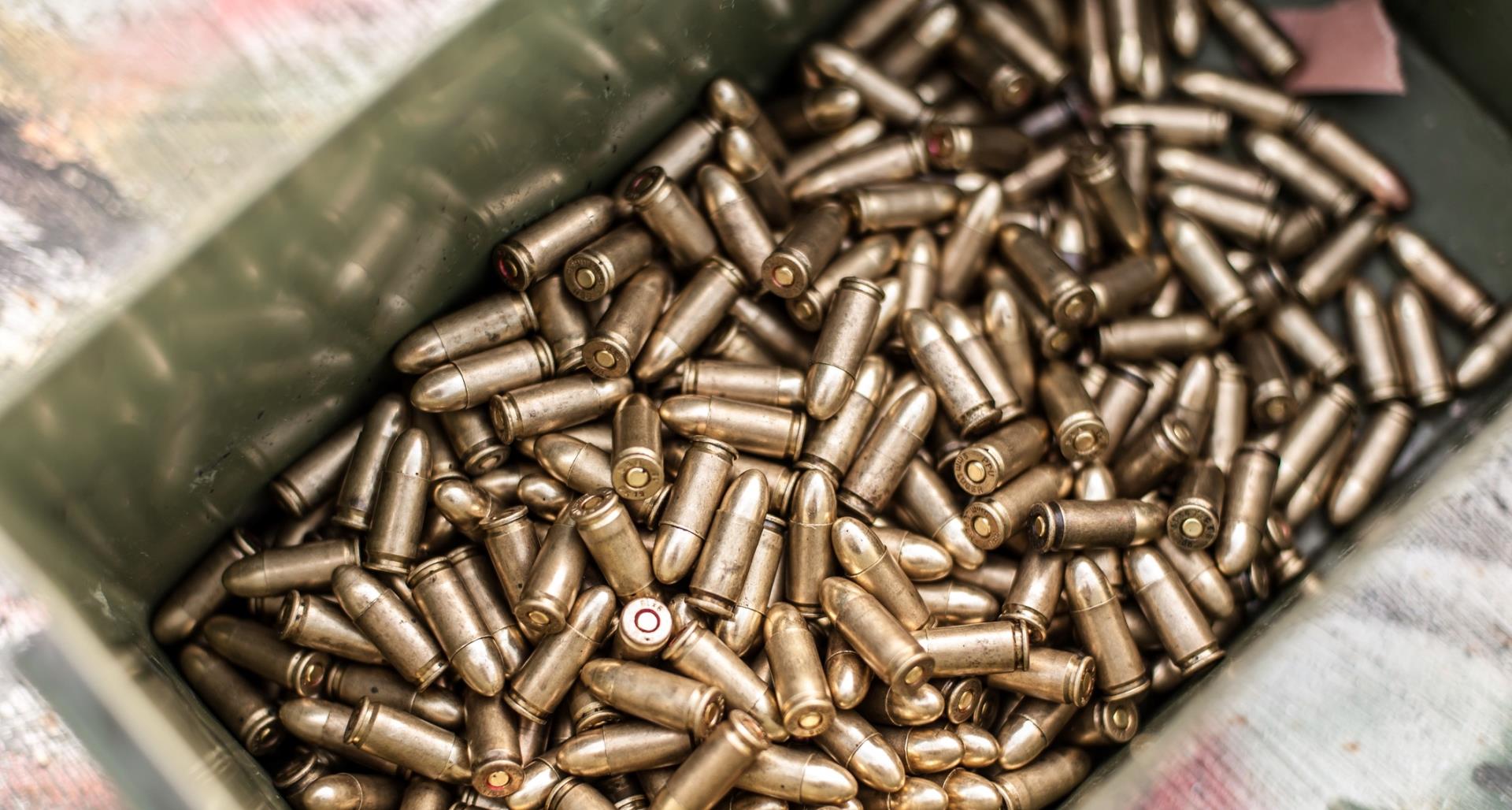
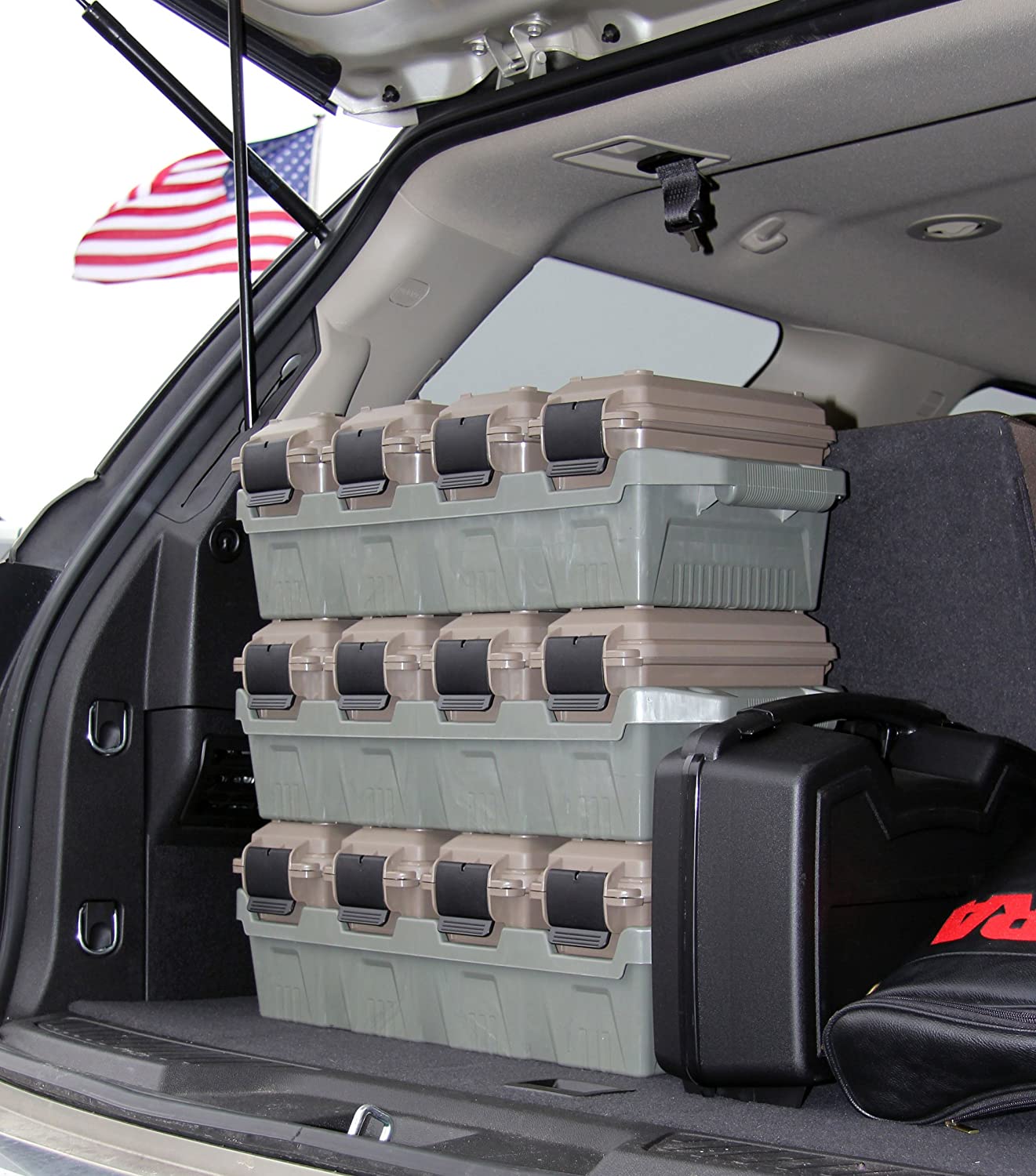
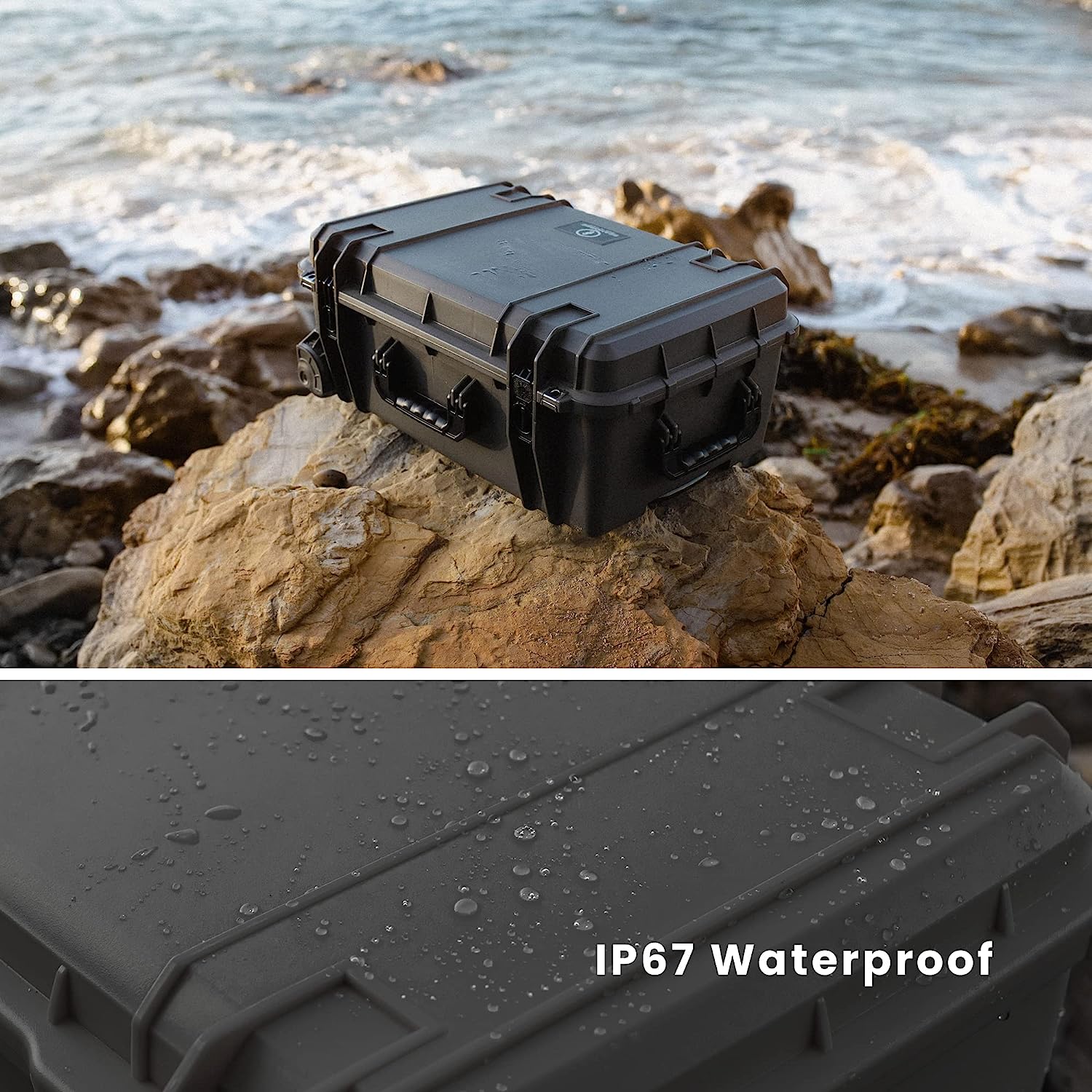
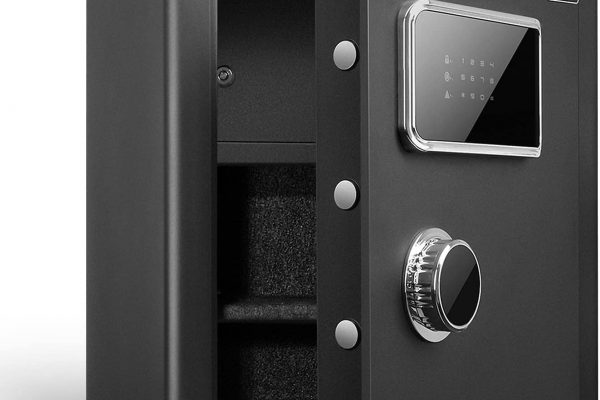
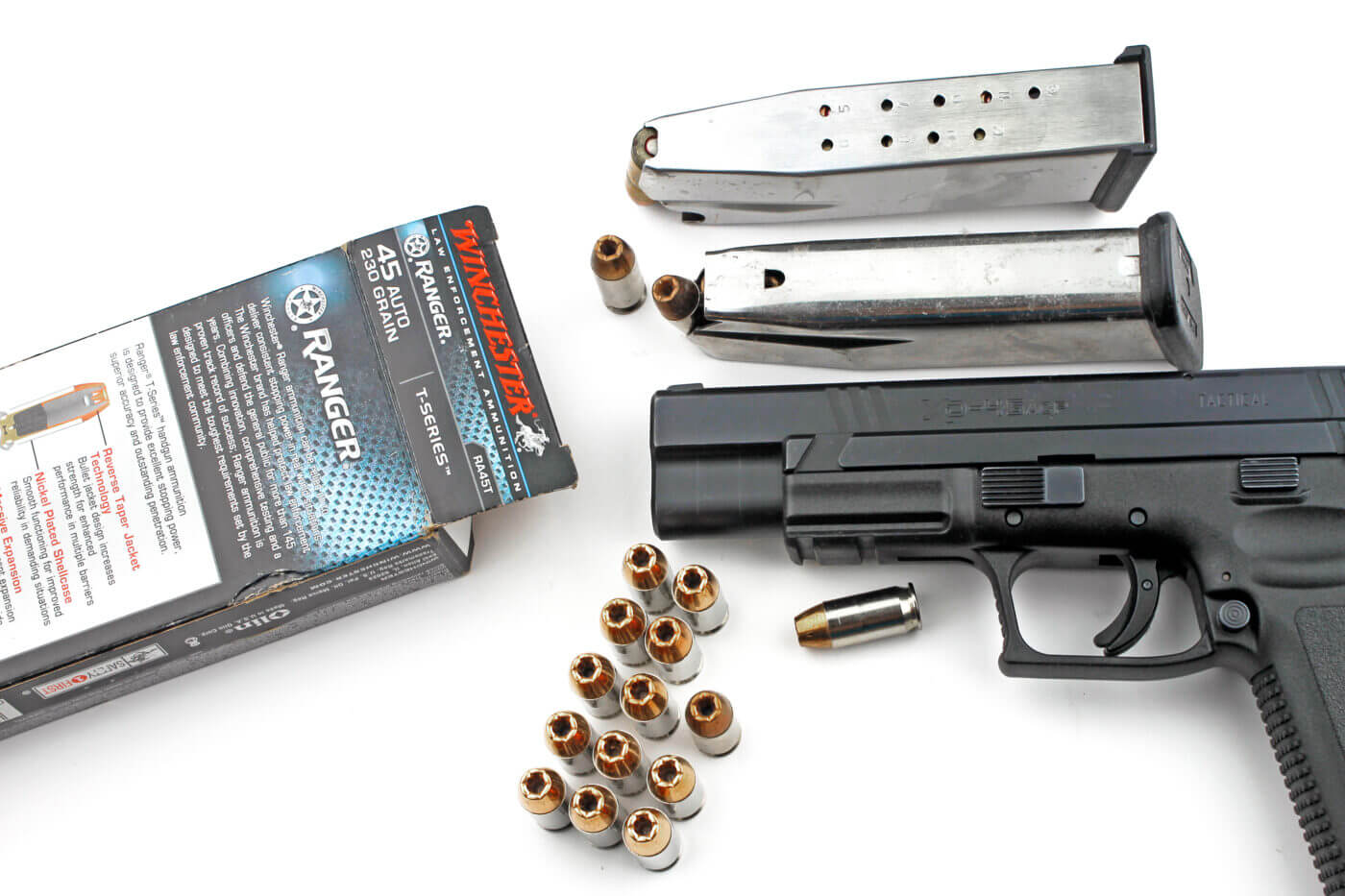
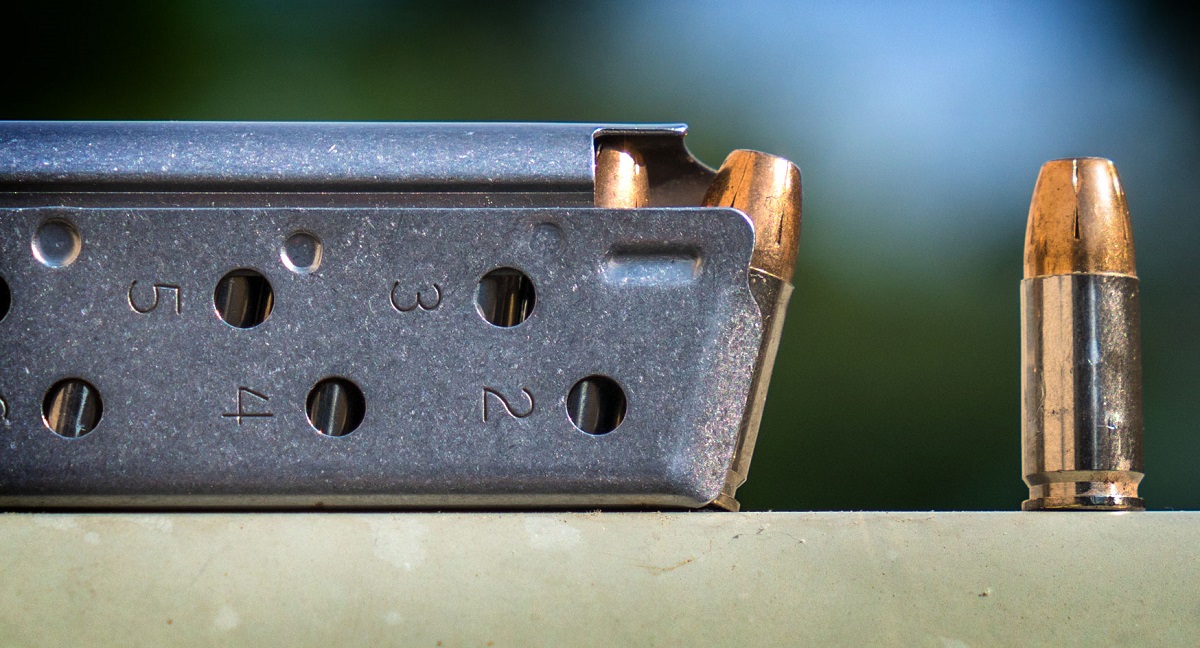
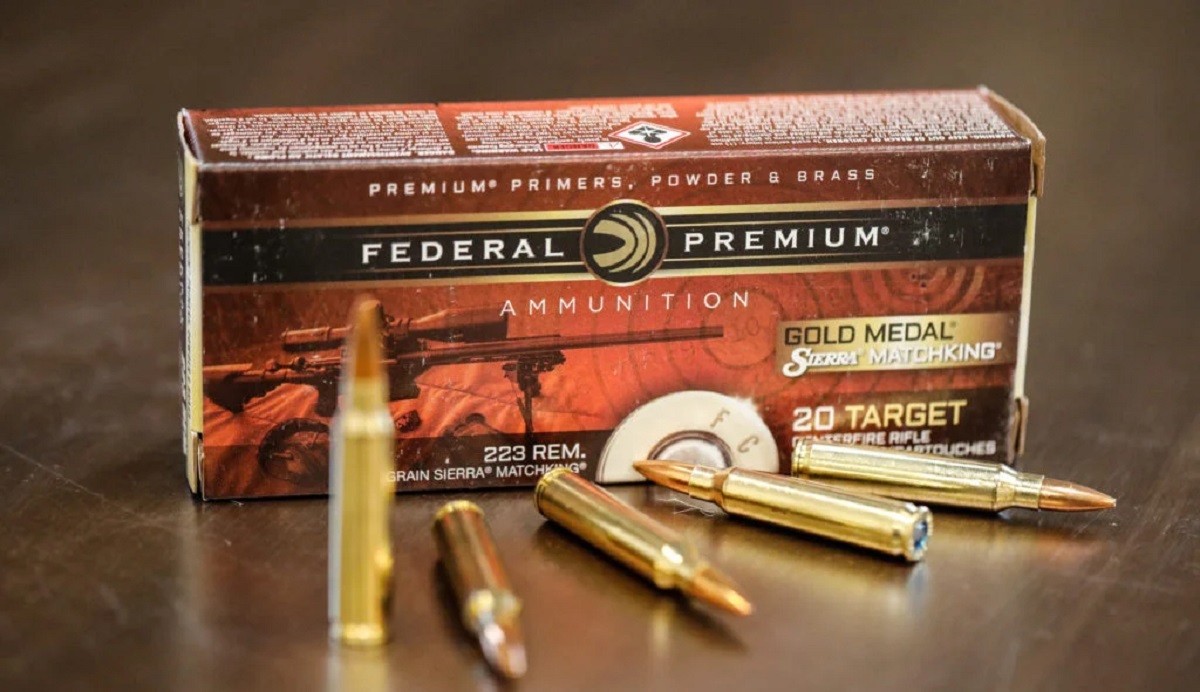
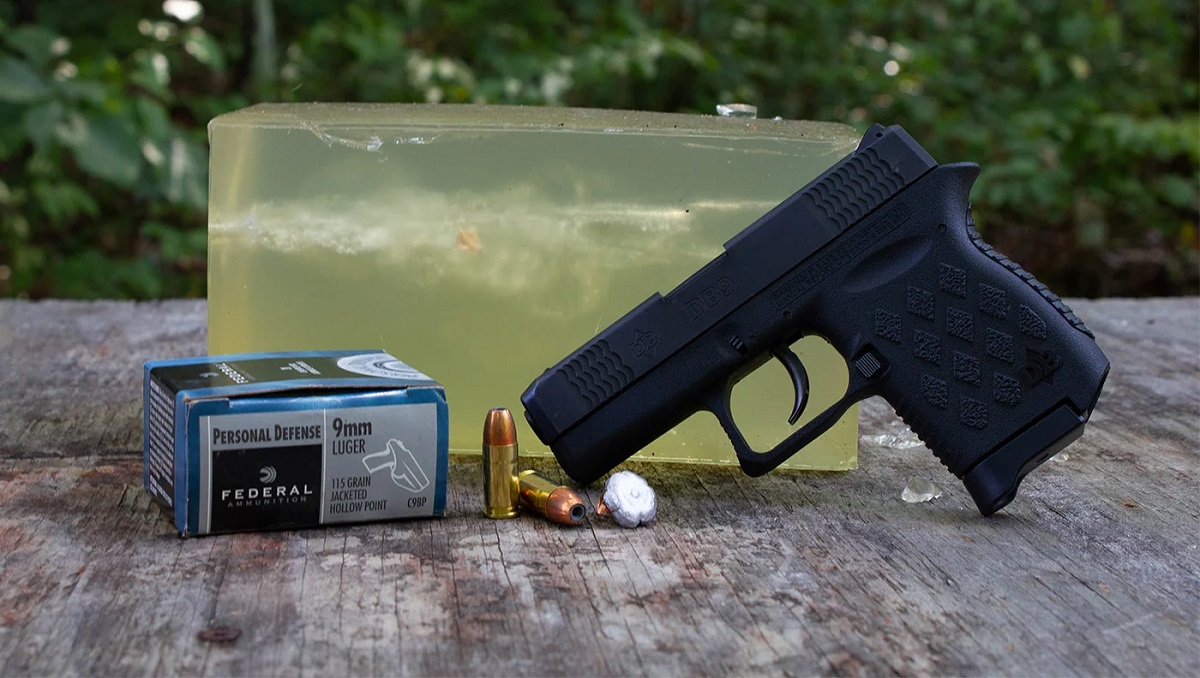
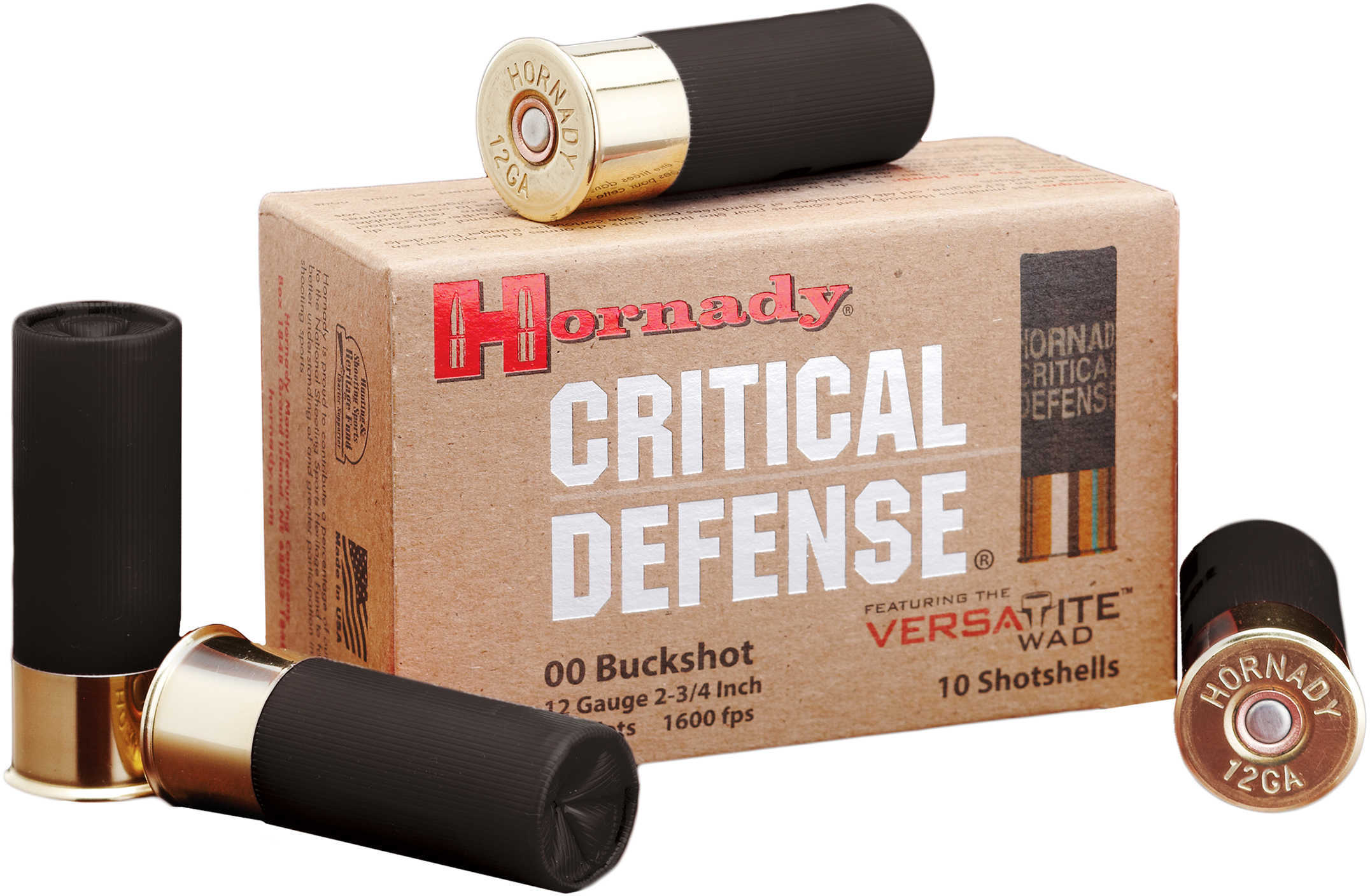
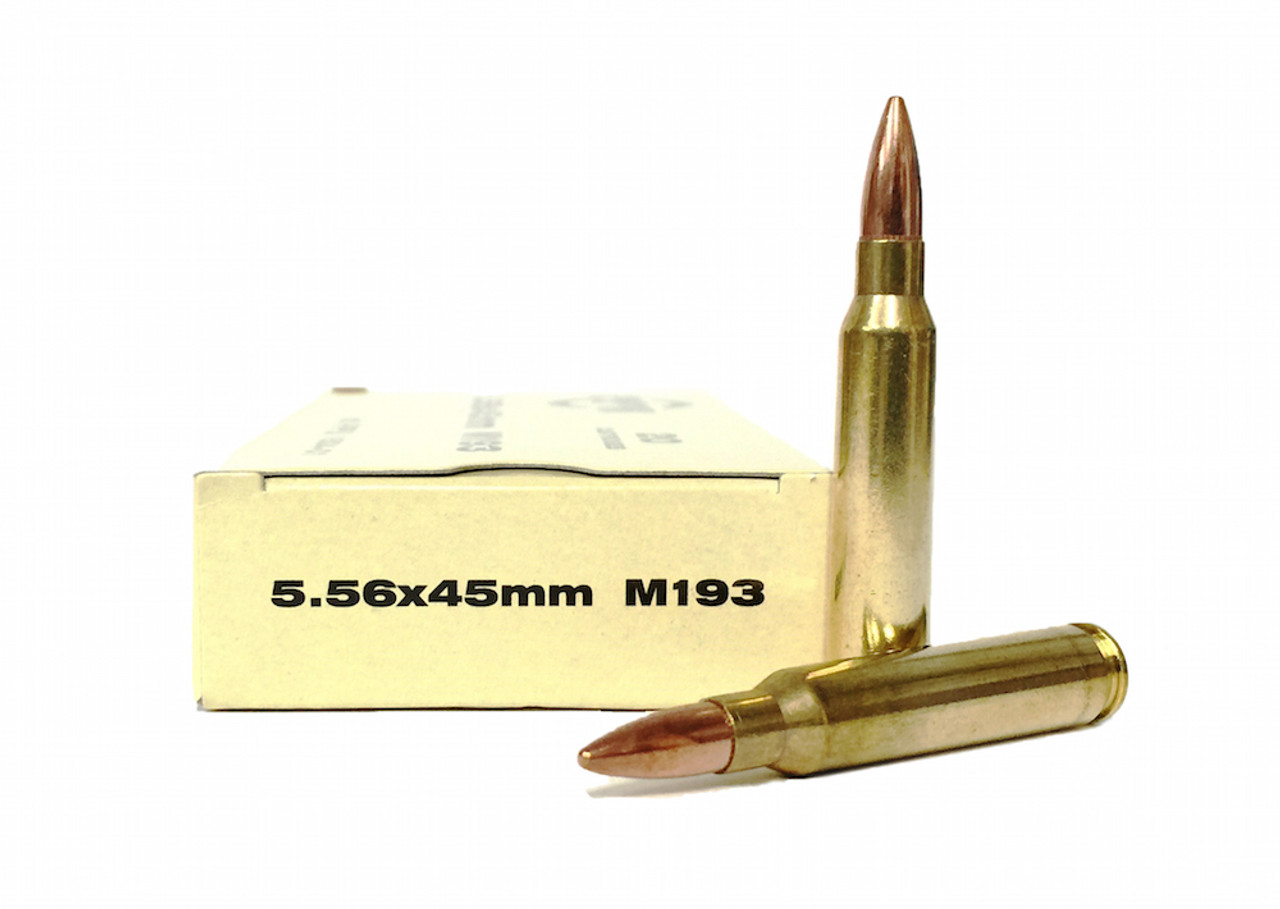
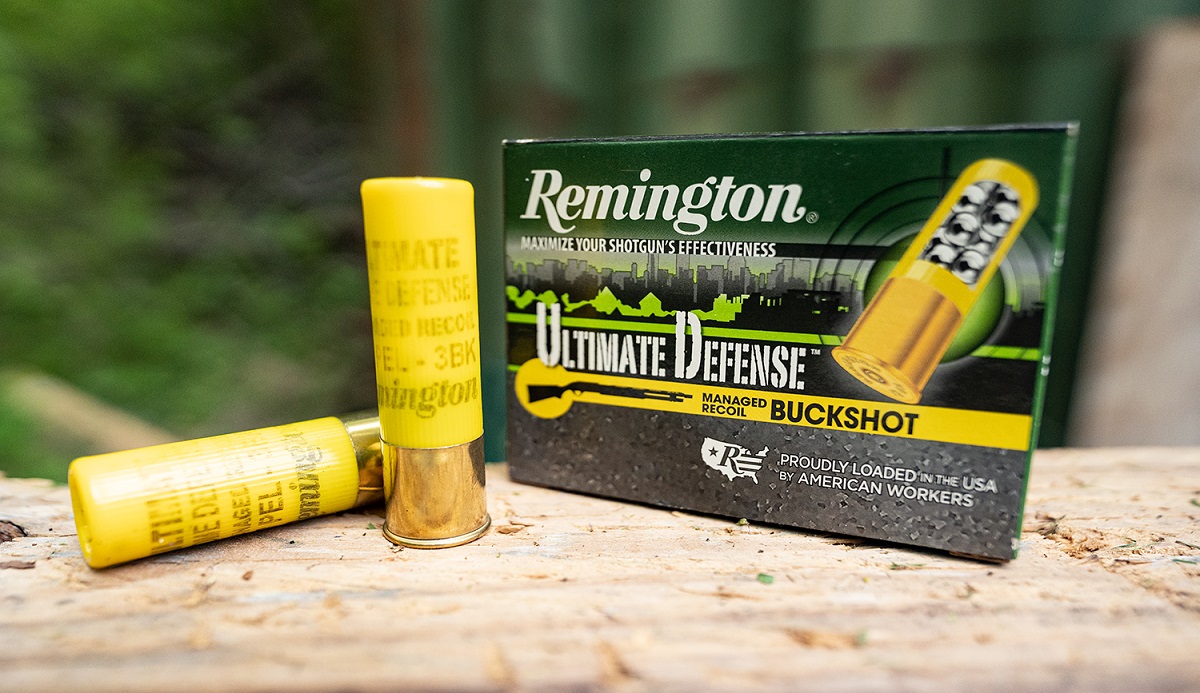
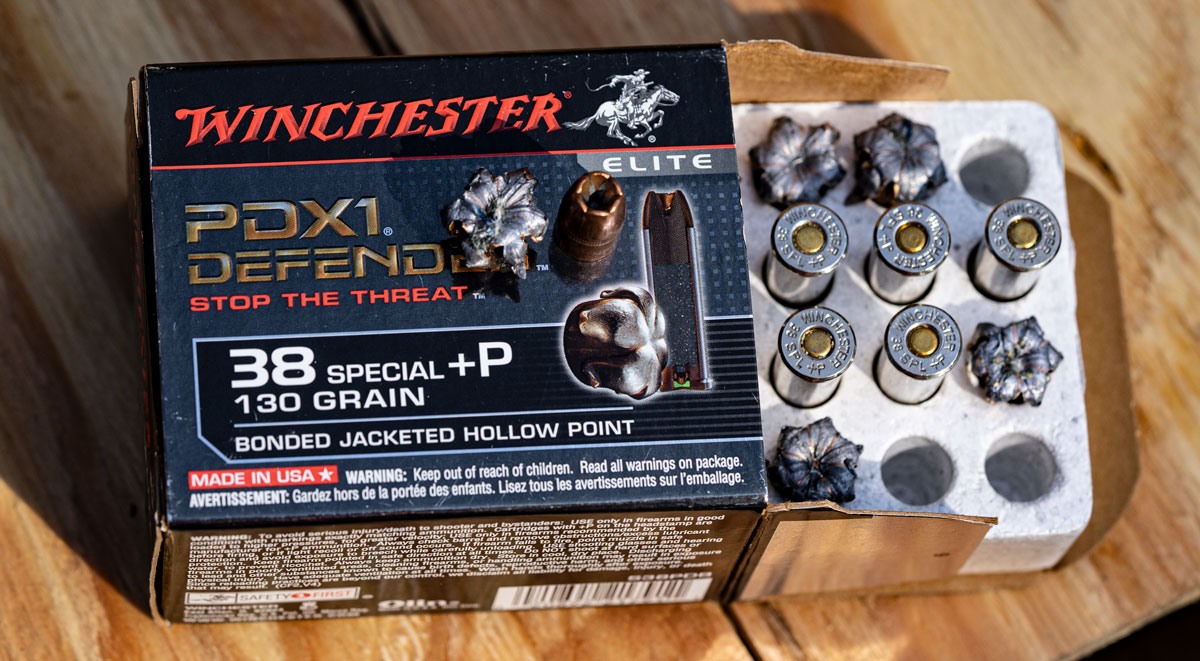


0 thoughts on “How To Store Ammo”